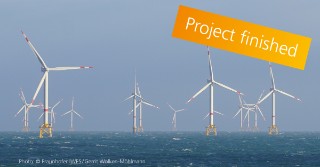
A complete process chain for additive manufacturing of sandwich preforms will be developed und put into practice. The adaption of manufacturing processes, system engineering and materials will contribute to an expected reduction of production costs and the time-to-market for fiber-reinforced functional parts in excess of 25 per cent. BMBF 10/2016 - 09/2020
more info







